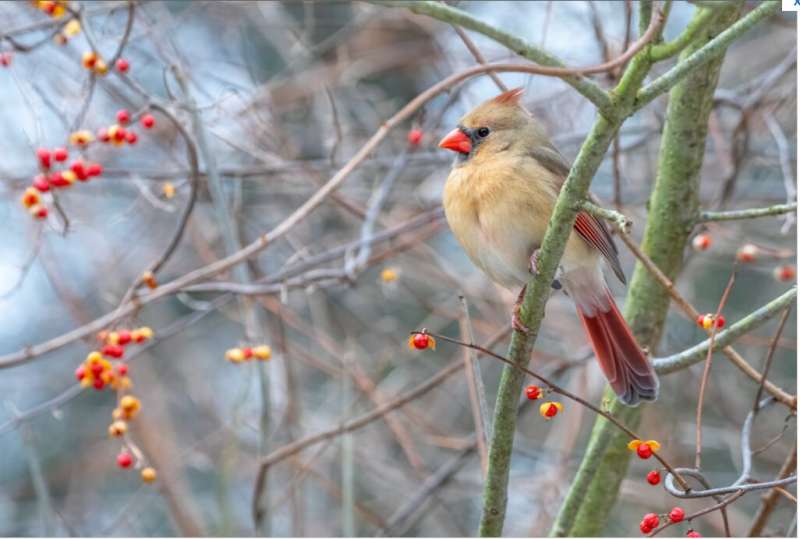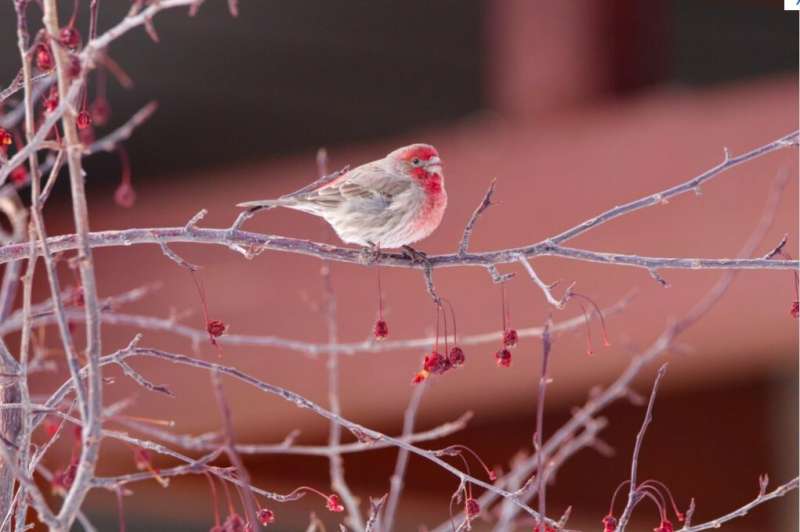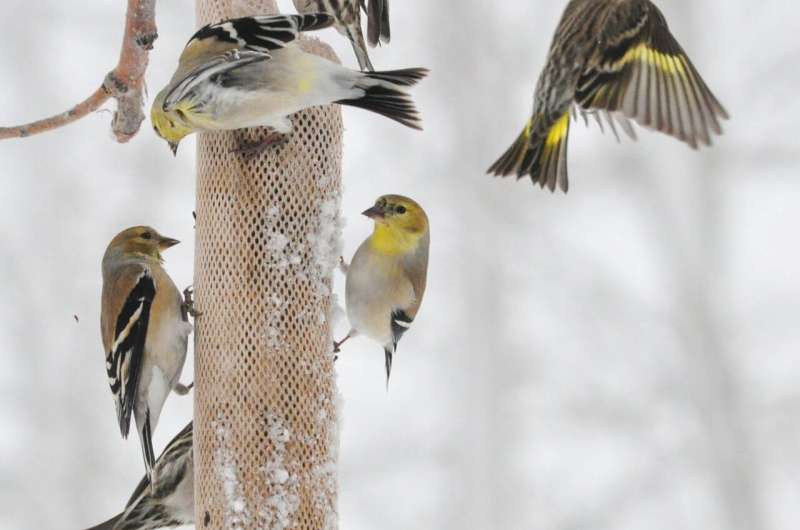Project FeederWatch is back and recruiting more participants

Project FeederWatch is back—with more ways to participate, more time to participate, and more ways to keep track of who is seeing what, where.
The expanded 36th season of FeederWatch begins November 1 and ends April 30, 2023.
"As the newly released 2022 State of the Birds report found, bird populations in nearly every kind of habitat are still declining," noted FeederWatch leader Emma Greig. "It makes the wealth of data collected by FeederWatchers even more important if we hope to reverse these declines."
No feeder? No problem
Don't let the name of this Cornell Lab of Ornithology citizen-science project fool you. You can participate with or without a feeder. If you've done anything else to welcome birds to your yard—special plantings or a water feature—you'll be providing valuable information when you report the birds you've seen that were drawn to those features.

"Supplemental feeding of wild birds is a hot topic right now," said Greig. "By collecting data from sites both with and without feeders, we hope to gain insight on the true impact of feeding wild birds. The data also create a detailed picture of changes in the numbers and distributions of winter birds in the United States and Canada from year to year and during the 35 years FeederWatch has been around."
New site list
FeederWatch participants also have something new to try that will expand their understanding about what species inhabit their neighborhood.
"This will be the first full season our Site List feature will be up and running," said Greig. "In addition to tracking what species individuals report from each of their sites, this feature will report what percent of counts from nearby FeederWatchers also include each species that they themselves are reporting."
The Site List will also name up to 5 species a user has never reported but that other FeederWatchers within a 30-mile radius have reported.
FeederWatchers can find the new Site List on the FeederWatch website by clicking on the Your Data tab on the project homepage or in the project's mobile app. The FeederWatch app is available for both Apple and Android devices and is free to registered FeederWatch participants.

How much work is it?
Project participants make periodic two-day counts from November through April. You can spend as much or as little time as you like collecting data. Even counting birds once or twice all season has value. FeederWatch participants often comment on how peaceful and calming it can be to keep track of the birds.
Project FeederWatch is a joint research and education project of the Cornell Lab of Ornithology and Birds Canada. Sign up or renew online to join the tens of thousands of FeederWatch participants from both the United States and Canada at FeederWatch.org. The participation fee is $18 in the U.S. or a donation of any amount in Canada.
Provided by Cornell University



















